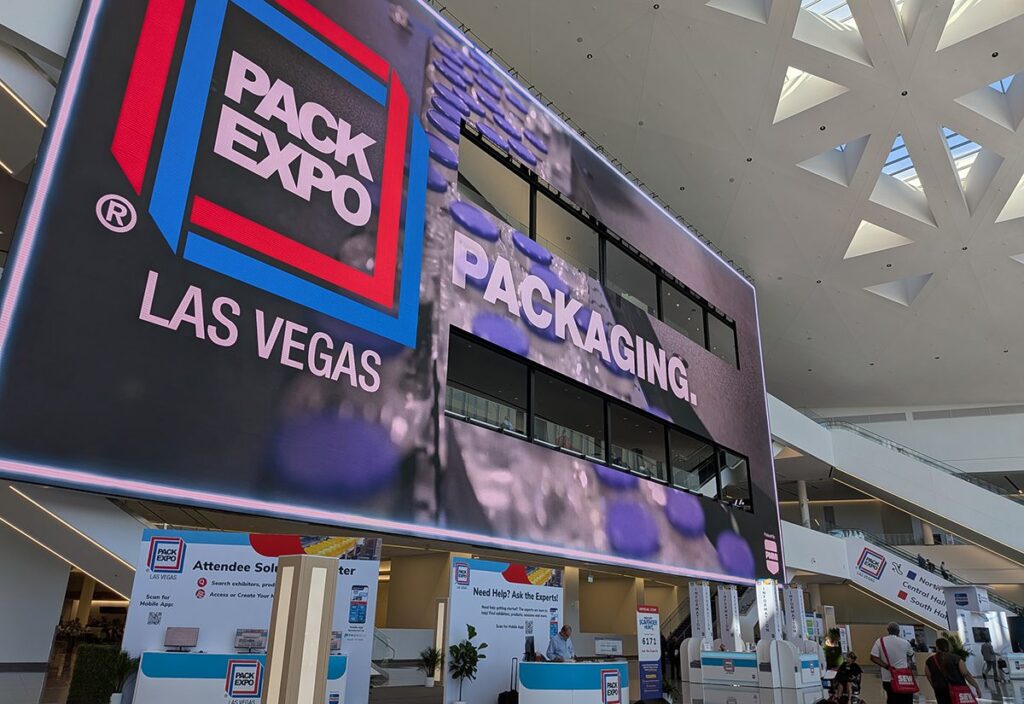
According to new results from social marketing agency Media Logic, online retailers racked up a lot of new friends in Facebook and Twitter this holiday season. And many of them did so by building a strong social appeal into their regular promotions and lead-gen contests in an effort to get more customers to “like” them.
Those conclusions come from an update of an earlier report from the agency on the social strategies employed by 100 leading U.S. retail brands in four categories: specialty apparel, discount/ department stores, recreation, and specialty hardlines (mostly electronics, hardware and home goods/furnishings). The original report tracked those brands’ social initiatives from mid-July 2010 to mid-September. The just-published update follows the Facebook fates of those same brands from mid-November 2010 through January 2011.
One initial surprise from the holiday-shopping update: While the original study found that specialty apparel and department/ discount retailers won honors for the most Facebook likers (Victoria’s Secret with an impressive 11 million likes, and Target with 3.6 million), the holiday look found that brands in the specialty hardlines category actually posted the biggest holiday increase in Facebook likes.
For example, Bed Bath & Beyond increased its Facebook likes by 1210% in December and a further 27% during January, while electronics seller Best Buy bulked up likes by 455 in December and 16% on top of that in January.
Overall, the specialty hardlines brands tracked by Media Logic for this report increased their Facebook likes an average of 26.8% from mid-November to mid-December, and then an average 7.8% from Mid-December through mid-January.
Department/discount stores also won a lot of new Facebook friends over the holiday, growing their likes 21.7% in December and 5.7% in January. Retailer Macy’s broke through the million-like barrier over holiday, joining 23 other brands on the Media Logic index with the same distinction.
Specialty apparel merchants saw an average 20% increase in their likes in December and 5% in January. But recreation brands trailed in December likes, increasing their Facebook fan base by only an average 14%, although they rallied to a 5.5% average increase in January.
The strong growth in Facebook popularity of the specialty hardlines brands over the holidays may be partly due to their relatively sluggish performance in the earlier mid-year report. Of the 15 brands in the category, five were among the eight weakest Like growth rates in that first study, and another six did not even have Facebook likes to count in July 2010, although they were garnering them by September.
“We saw a surprising spike over th4 holidays in the appeal of social media sites for the specialty hardlines brands, previously the weakest of the four categories,” says Ronald Ladouceur, executive vice president and creative director for Media Logic and the author of the Retail Marketing Report. “A couple of the brands like Bed Bath & Beyond really came on strong. They probably had pent-up appeal, but it’s interesting that people want to like these hardlines retailers.”
What accounted for the strong social attraction over the holiday season of brands such as Best Buy, Cost Plus World Market, Lowe’s and Pier 1 is the same thing that has already worked for recreational brands with big Facebook followings, Ladouceur says: namely, giving their customers a chance in the social space to demonstrate their expertise with the products sold.
“Recreational retailers like Cabela’s or Michaels Arts & Crafts have long allowed likers to buy products and the post content showing the fish they caught with it, or the doilies or scrapbooks they created,” he says. “What's happening now among specialty hardlines brands is that people are being encouraged to participate by showing off the rooms they’ve built or decorated. So those brands are going to be able to encourage a strong social base by mimicking the strategies pioneered in other categories.”
By sorting the brands followed in this retailer update into “movers” who grew Facebook likers by a better-than-average 15% or more over the holiday and “slackers” whose likers grew less, Ladouceur and company believe they were able to identify the most effective brand strategies for increasing social pull. (Eight brands were knocked out for having fewer than 10,000 likes by mid-December—too small to be useful in any comparison of growth rates.)
Soliciting user-generated content was one of these strategies. But the most notable indicator of social success, by media logic’s reckoning, was whether or not the brand used active promotions to solicit likes on its Facebook page. In December, the report finds, all retailers that by default delivered Facebook visitors who had not yet liked their page to a tab that offered a contest, sweepstakes or some other reward in return for a like wound up in the “movers’ bucket—that is, increased their likes for the month more than 15%.
Brands have other options for encouraging Facebook visitors to like them. For example, they can bring those non-likers to the general wall page of the profile, where they can see a brand’s posts and (possibly) what other likers have posted to the wall. Or they can simply ask explicitly that visitors like their brand page without offering any detectable value.
According to the findings of the holiday update to Media Logic’s Retail Marketing Report, none of those other strategies works as well to generate likes as driving new visitors to a tab offering an active promotion that they can take part in or benefit from—if they click that “Like” button.
Of the 17 brands that sent non-likers to their Facebook wall in December rather than to a promotion, only six grew their likes enough in December to be Media Logic “movers”. And the 18 brands that simply asked December visitors to like them, instead of requiring a like to take part in a promotion or offer, turned out to be evenly split between high-growth movers and low-growth slackers.
“Active promotions that offer something are the only things that seem clearly to drive better-than-average liking for a page,” says Ladouceur. “You have to give something in order to get.”
Ladouceur also hypothesizes that newcomers to a brand’s Facebook page may like the structure of receiving instructions in how to participate in an active promotion. “It’s almost like, ‘Give me a little bit of guidance in how to interact with you, and I’ll like you even more’,” he says. “They would almost rather be talked to in the language of promotions than in the open language of conversation. It’s a win-win for promoters and for the fans.”
However, marketers should be wary of over-promoting within Facebook, which remains largely a no-marketing zone where users go to socialize. “Promotions need to be low-key,” Ladouceur says.”You don’t want to overwhelm people.
“But they are okay with promotions that are kind of low-level social gaming, so they can play with the promotion the same way they play with Farmville—except with nowhere close to that level of intensity. A little game, a poll or yes/no question that shows how I track relative to everyone else—that’s kind of fun. And it gives the brand a chance to engage users, and possibly to drive more likes.”
 Network
Network

